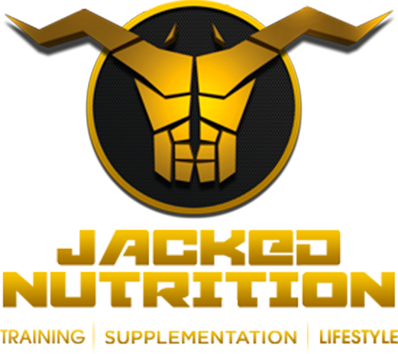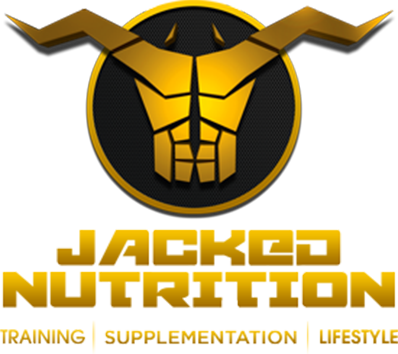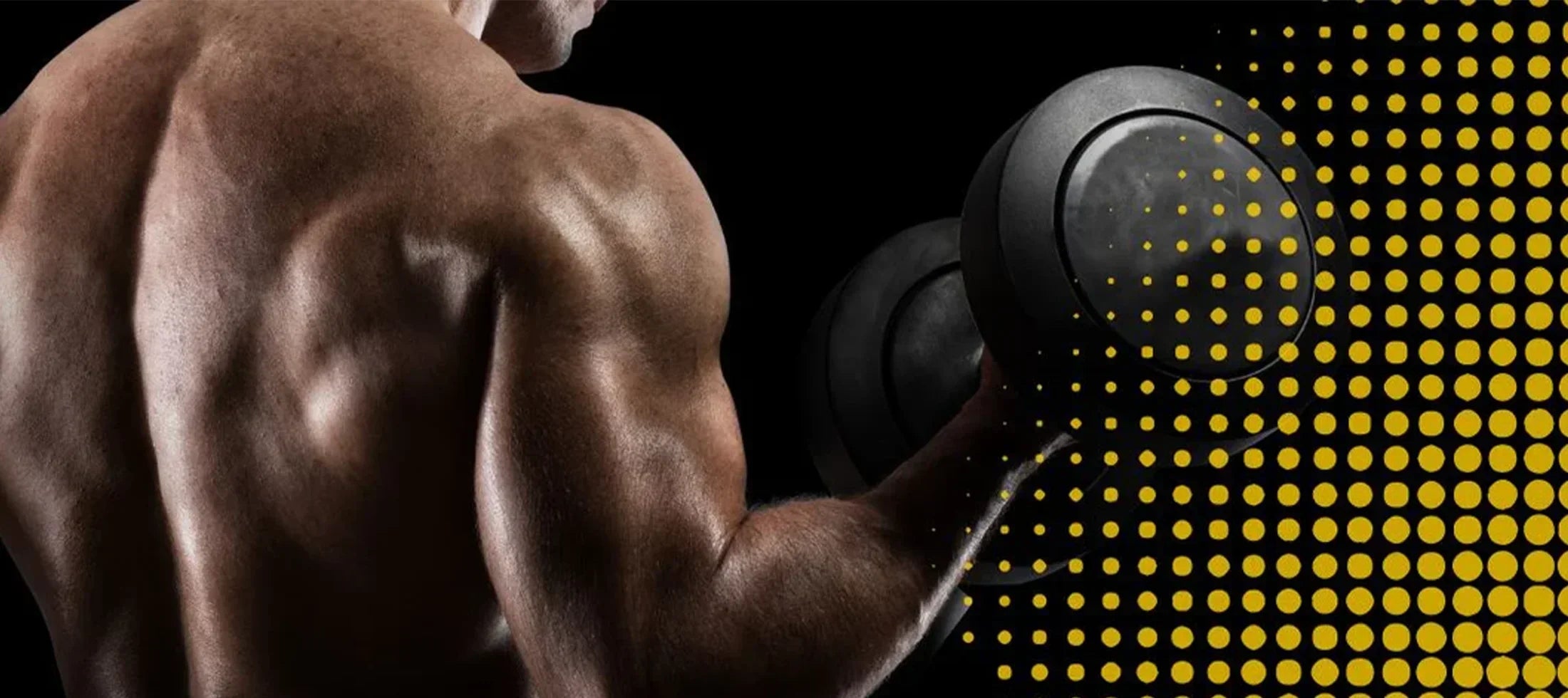There are about 20 different types of muscles in your forearm and upper arm which allow you to do activities and different types of work including the slightest movement of fingers or doing the heavy lifting of objects. Some types of muscles are attached only to the skin surface while some other types of muscles are positioned deep inside the arm. The Upper arm is located between the joints of the elbow and shoulders. While the location of the forearm is extended from your elbow to your wrist.
Major Movements in Which Arm Muscles Are Involved:
There are 4 major and diverse kinds of movements in which our arm muscles are involved:
- Extension movement: When you straighten your elbow, your muscles are involved in extension movement.
- Flexion movement: When you move your forearm closer to your upper arm, this movement is called flexion movement. Two body parts are moving closer to each other in this movement.
- Abduction movement: If you move your arm away from your body, the muscles are involved in the abduction movement of the arm.
- Adduction movement: Lastly, when you move your arm back, towards your body, the arm is in adduction movement.
Physiology of the Muscles of the Arms
The movement of thumbs, fingers, hands, and arms is the main physiology and function of the upper and forearm muscles. Various muscles of the arm which are involved in the movements are discussed below. But here, let us first understand the function of upper arm muscles and forearm muscles individually:
Role of the Upper Arm Muscles:
The main focus of the upper arm muscles is the movement of your arms. They help you in the flexion movement of your arm and the extension movement of your arm. You can move the upper part of the arm or raise your arm because of the functioning of the upper arm muscles.
Role of the Muscles of the Forearm:
The major focus of the forearm muscles is the movement of the hands. Muscles present deep inside and on top of the forearm help you in controlling the joints of fingers, movement of thumbs, flexing and extending of the fingers and wrist, and movement of the hand towards or away from your face.
Anatomy of Arm:
The arm consists of 3 major parts as we already know. The upper arm, the forearm, and the hand. All three parts have their specific muscles.
Upper Arm Muscles:
Upper arm muscles consist of 5 different types of muscles but they are divided into two compartments: the anterior compartment and the posterior compartment.
Anterior Compartment:
The anterior compartment contains 3 muscles. The first one is:
- Biceps Brachii: A superficial muscle, biceps brachii consists of 2 heads with separated origins starting from the shoulder and ending at the site of the elbow thus giving it its name as biceps, and 1 long head initiated from the scapula. These two short heads perform the function of adduction and flexion of the upper arm. While the long head in these muscles helps in the shoulder’s joint stabilization
- Brachialis: One of the largest flexors of the elbow which originated from the humerus and provides a bridge for the ulna. The brachialis muscle is located beneath the biceps and has a larger cross-sectional area. Its function is to provide strength and flexion to the forearm.
-
Coracobrachialis: It lies near the shoulder and connects to the shoulder blade. More specifically, it originates from the scapula’s coracoid process. It is a good abductor and flexor of your shoulder. It is located deep in the biceps in the upper arm.
Posterior Compartment:
The posterior compartment of the upper arm consists of 2 muscles. It is situated behind the humerus.
- Triceps Brachii: These muscles are commonly known as triceps and are located above your elbow at the back of the arm. It consists of 3 long heads which converge onto one tendon and get inserted in the ulna. It is responsible for the extension and flexion of the arm and it stabilizes the joints of the shoulders.
- Anconeus: The anconeus muscle is a small triangular muscle attaching the ulna and humerus and is located at the site of the elbow. Its function is activated when the elbow is extended thus it is involved in the extension movements.
Forearm Muscles:
The part between your wrist and elbow is considered a forearm and it includes the assessment of many muscles. The anatomy of the forearm is also divided into 2 compartments discussed below:
Anterior Compartment:
It is known as the flexor of the fingers, and wrists and helps in the rotation of the forearm. This compartment is further divided into 3 layers.
- Superficial Layer: The outermost or closest layer to the skin’s surface area. This layer includes the list of muscles.
- Pronator teres: It assists the forearm in the flexion and rotation of the elbow joint.
- Palmaris longus: This muscle is responsible for the rotation and flexion of the wrist.
- Flexor carpi ulnaris: It is known as the most powerful flexor of the wrist and is responsible for the flexion and adduction of the hands.
- Flexor carpi radialis: It allows the abduction of the hand and wrist while acting as a flexor for the wrist.
- Intermediate Layer: The layer which is present between the inner and outer layers. It involves only one muscle:
- Flexor digitorum superficialis: It allows the flexion of fingers but only of the 2nd, 3rd, 4th and 5th fingers.
- Deep Layer: This compartment involves the variety of muscles discussed as follows:
- Flexor digitorum profundus: An extrinsic muscle that helps in the flexion of the middle, the ring of the little finger, and your wrist.
- Flexor pollicis longus: A muscle used for the flexion of thumbs.
- Pronator quadratus: It aids the rotation of the forearm.
Posterior Compartment:
The posterior compartment of the forearm is known as the extensor as its primary function is to provide extension movement to the fingers and wrists. It is divided into 2 layers:
- Superficial Layer: It involves the diversity of muscles including:
- Extensor carpi radialis longus: It aids in the abduction and extension of hands at the joints of wrists.
- Extensor carpi radialis brevis: A wider and smaller muscle but located correlatively to the muscle Extensor carpi radialis longus.
- Brachioradialis: It is responsible for the flexion of the forearm at the elbow.
- Extensor carpi ulnaris: This muscle provides adduction movement to wrists.
- Extensor digitorum: It primarily manages the extension of fingers including the 2nd, 3rd, 4th, and 5th fingers.
- Deep Layer: It includes the list of muscles involving:
- Extensor pollicis brevis: It manages the extension of the thumbs.
- Abductor pollicis longus: It is responsible for the abduction of thumbs.
- Extensor pollicis longus: This muscle is the longer counterpart of Extensor pollicis Brevis.
- Supinator: It helps in the outward rotation of the forearm:
- Extensor indicis: It aids in the extension of the fingers (index).
Arm Muscle Disorders and Conditions:
Muscles of the arms can be affected by various conditions and disorders. The most common ones are:
- Muscle cramps and strains: where a muscle is torn down and causing pain and injury.
- Nerve compressions: where muscles, tendons, or bones cause compression and pressure on adjacent nerves causing severe pinching pain.
- Rhabdomyolysis: A life-threatening medical condition in which the fibers of the muscle break down and release electrolytes and protein in the bloodstream. It can cause renal disorders, cardiac disorders, disability, or in severe cases death.
Symptoms of Arm Muscles Conditions:
To avoid severe injury, look for the common symptoms in your arms which indicate and give a signal to your body that something is not right. Don’t ignore the following symptoms and visit a doctor or health provider. Symptoms can vary from person to person but the common symptoms are:
- Numbness
- Muscle pain
- Tenderness in muscles
- Bruising
- Swelling of the arm
- Tingling feeling or muscle cramps
How Can I Keep My Arm Muscles Fit?
For a healthy lifestyle, we must be physically active and energetic to live life to its fullest. But to achieve this fitness, we should follow the following tips.
- Stretch your arms for better working of arm muscles. Stretching will ease the tenderness of muscles which you get after a good nap. Also, it will help you in the movements of your arms.
- A good exercise or workout will give you several benefits. About 30 minutes of exercise a week will keep your muscles healthy and help your body to avoid injuries. You can increase the time and intensity of your workout to gain muscle mass.
- By having, a good and balanced diet will provide your muscles with the essential nutrients which are important for the working of muscles. Add lean meat, whole grains, fruit fibers, and vegetables to your diet.
- Massage or physiotherapy will help you ease the muscle strains but apart from this, you can add these activities to your regular life to provide comfort and easiness for your muscles. It will protect the arm muscles or other muscles from injury.
- And last, of all, look out for your muscles. Avoid lifting too heavy items. Healthy and warm muscles to resist tenderness and soreness.
Conclusion:
Arm muscles play a central role in almost every movement we perform in daily life, from simple finger motions to lifting heavy objects. The structure of the upper arm and forearm muscles allows for diverse movements like flexion, extension, abduction, and adduction, making them essential for strength, flexibility, and coordination. Each muscle, whether located on the surface or deep inside, has a specific function that contributes to the smooth performance of activities and the stability of joints. Understanding their anatomy and functions helps us appreciate how much they contribute to both minor and major actions of the body.
To keep arm muscles healthy, it is important to combine regular stretching, exercise, balanced nutrition, and rest. Proper care helps prevent conditions such as cramps, strains, and nerve compressions that can limit mobility and cause pain. With consistent attention, such as including nutrient-rich foods, engaging in physical activity, and avoiding overuse, arm muscles can stay strong and resilient. A healthy lifestyle not only enhances arm strength but also supports overall body performance, allowing you to remain active and injury-free.
FAQs
What are signs of a pulled muscle in your arm?
A pulled muscle in your arm often shows up with sudden pain at the time of injury, followed by tenderness or soreness in the affected area. You may also notice swelling, mild bruising, or stiffness that makes it difficult to move your arm freely. In some cases, people feel weakness in grip or have trouble lifting objects due to muscle strain. These symptoms occur because the muscle fibers are overstretched or torn, leading to inflammation and limited function. If pain is sharp or movement becomes very restricted, it may indicate a more severe strain that requires medical attention.
How to repair arm muscle damage?
Repairing arm muscle damage starts with giving the muscle proper rest to prevent further strain and allow natural healing. Applying ice packs in the first 24 to 48 hours helps reduce swelling and inflammation, followed by gentle heat therapy to relax tight muscles. Light stretching and gradual strengthening exercises, once pain begins to ease, restore flexibility and function. Eating a protein-rich diet along with vitamins like C and D supports tissue repair and recovery. For severe muscle tears, medical evaluation, physical therapy, or in rare cases surgery may be needed to fully restore arm strength and movement.
How long does a pulled arm muscle take to heal?
The healing time of a pulled arm muscle depends on the severity of the strain. Mild strains where only a few fibers are overstretched may heal within one to two weeks with proper rest and care. Moderate strains involving partial tears can take three to six weeks to fully recover, while severe tears may require several months along with physical therapy. Adequate rest, gradual movement, and a nutrient-rich diet can speed up recovery. Seeking medical advice is important if pain persists or movement remains limited for an extended period.
How to treat a pulled muscle from coughing?
A pulled muscle from coughing is common, especially around the chest and arm region due to sudden repetitive strain. Treatment involves resting the affected area and applying ice to reduce swelling and pain in the first two days. Over-the-counter pain relievers and warm compresses after the initial phase can help ease muscle stiffness. Gentle stretching and avoiding heavy lifting until the pain subsides also support recovery. If pain worsens or is accompanied by breathing difficulty, consulting a doctor is necessary to rule out any other underlying condition.
Which arm muscle is the most important?
All arm muscles work together to provide strength, flexibility, and fine movements, but the biceps and triceps are considered the most important. The biceps, located in the front of the upper arm, allow bending of the elbow and lifting objects. The triceps, found at the back of the arm, are responsible for straightening the elbow and providing pushing strength. Together, they play a central role in daily tasks such as carrying, pushing, pulling, and stabilizing arm movements, making them vital for overall arm function.



Share:
Shoulder Muscles
Functions, Exercises, Shoulder Muscle Pain & Range of Motion
How to Gain Weight | Weight Gain Tips, Exercises, Tablets & Supplements